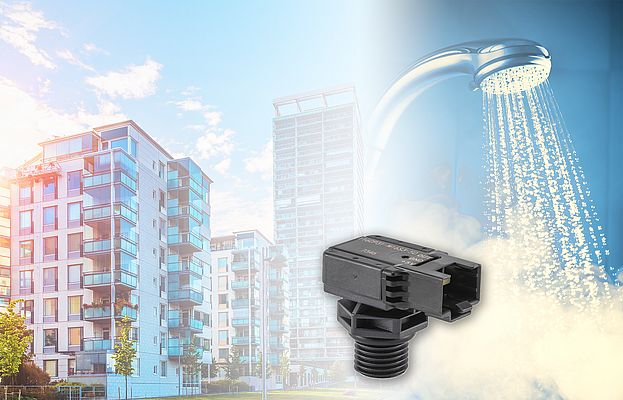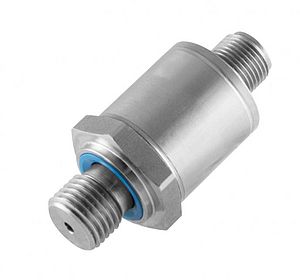Distributing water on a large scale has been a challenge that the world has tackled for decades. It is a particular challenge in high-rise buildings, and with a trend for designers to build up in urban areas, rather than out, it is a challenge that has become a new focus for design engineers. Occupants of these buildings – office and factory workers, apartment and condo residents, are all very sensitive to failures of the water distribution system. People get upset if their hot water for showers and baths are intermittent or totally run out because people on other floors use up the available allocation of heated water. What happens when hot water does not immediately start flowing? People let the water run until the flow heats up – potentially wasting a great deal of water as well as the energy required to pump and distribute the water. In addition, consistent water pressure is a must for correct operations of appliances like dishwashers and laundry machines as well as for industrial and manufacturing machinery.
The challenge to improve the mechanics of building water distribution systems is driven by two fundamental needs: firstly, the need to increase efficiency, and in doing so, decrease water wastage; and secondly, to improve the reliability of the installed systems, thereby reducing the ongoing cost of maintenance and repair.
Read this new Sensata whitepaper to learn more.





















